Instructional Series
This site will be closing soon as its content has moved to Tāhūrangi.
2024 titles are available on Tāhūrangi. Use the filters to find specific series.
Find Literacy resources at Tāhūrangi - Literacy.
Welcome to the English medium literacy instructional series teaching and learning resources for years 1 to 8.
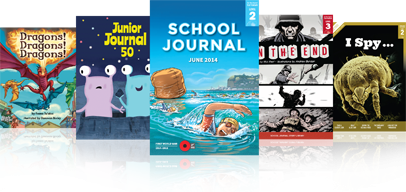
- Gold
- Purple
- Green
- Orange
- 2
- 3
- 4
- 1
- 4
- 5
- 6
- 7
- 8
- 3
- 2
- English
- Social Sciences
- The Arts
- Health and Physical Education
- Science
- Technology
- Learning Languages
- Mathematics and Statistics
- Non-fiction
- Fiction
- None
- Nature of science
- Living world
- Nature of technology
- Geometry and Measurement
- Planet Earth and beyond
- Statistics
- Critique evidence
- Engage with science
- Articles
- Stories
- Poems
- Plays
Search results
78 items - Showing 61 - 70
-
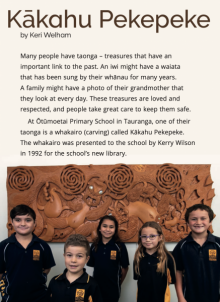
Kākahu Pekepeke
written by Keri Welham
This report describes taonga at Ōtūmoetai School, focusing on a very special whakairo (carving). It explains why the whakairo is a taonga to the school and the wider community. As well as speaking directly to Māori students, this story provides opportunities for all students to make connections to their own understandings about taonga, the arts, and cultural practices.
-

Magō!
by Hio Kelemete, illustrations by Vaitoa Baker
This is a humorous, entertaining story based on a true event. It provides examples of characterisation and dialogue as well as being a model for imaginative writing. This is a Pacific text. It provides a chance for Tokelauan and other Pacific students to see themselves and their culture reflected in the Journal.
-
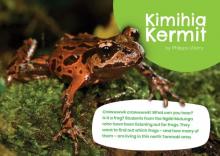
Kimihia Kermit
This article describes how Ngāti Mutunga and students from Uruti, Mimi, and Urenui schools are working with scientists to find out which frogs are still living in their rohe (local area). It provides an opportunity for students to understand how scientific, local, and cultural knowledge can contribute to an investigation.
-
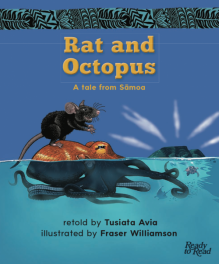
Rat and Octopus
retold by Tusiata Avia
illustrated by Fraser Williamson
Rat and Octopus, a tale common to many Pacific cultures, is retold here by Samoan writer Tusiata Avia. Students will enjoy finding out why Octopus has black markings on his head and why Rat and Octopus remain enemies to this day.
Orange 2
-
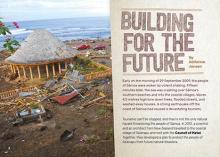
Building for the Future
by Adrienne Jansen
The Samoan village of Sa’anapu is under threat from tsunamis, cyclones, and rising sea levels. To protect their village, the Council of Matai are working with an architect and scientist from New Zealand. Together, they’re drawing on cultural, scientific, and technological knowledge to build a safer future for Sa’anapu.
-
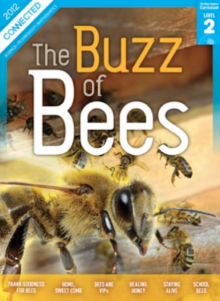
Home Sweet Comb
by Trish Puharich
“Home, Sweet Comb” describes a selection of beehives made by people living in different cultures and at different times across the world. It describes the materials the hives were made of, their shapes and structures, and how beekeepers collected the honey stored inside them.
-
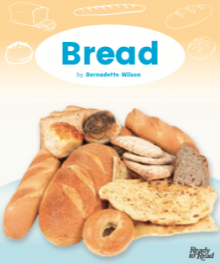
Bread
by Bernadette Wilson
This non-fiction text describes different types of bread, how bread is made, and how people use it. It also allows students to explore their own experiences and cultural practices around bread. See also Waiting for Rēwana Bread.
#LFH
-
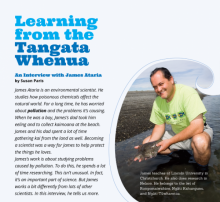
Learning from the Tangata Whenua
by Susan Paris
James Ataria works a bit differently from most other scientists. As a scientist, he thinks carefully about how evidence should be collected and critiqued. But, unlike many other scientists, he also uses Māori cultural knowledge to help his work.
-
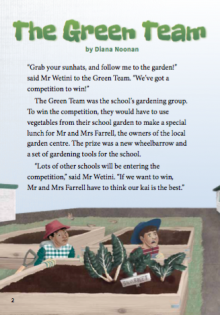
The Green Team
by Diana Noonan
illustrations by Josh Morgan
The Green Team enter a competition that involves growing vegetables and using them to cook a meal, but the weather turns out to be a big problem. The team need to think creatively if they are to have a chance of winning. This story features characters (and food) from a wide range of cultural backgrounds.
Gold 1
-
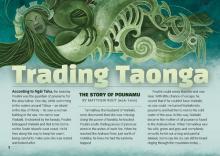
Trading Taonga: The Story of Pounamu
by Matthew Rout (Ngāi Tahu)
Pounamu is a taonga with deep spiritual significance to Māori. Its beauty, usefulness, and cultural significance made it a highly prized resource that was traded throughout Aotearoa New Zealand. This article explores the pounamu trade from the 1770s through to the present day, discussing the impact of colonisation on the trade of pounamu and how Ngāi Tahu regained kaitiakitanga of pounamu through the Treaty settlement process.





 Literacy Online home
Literacy Online home
